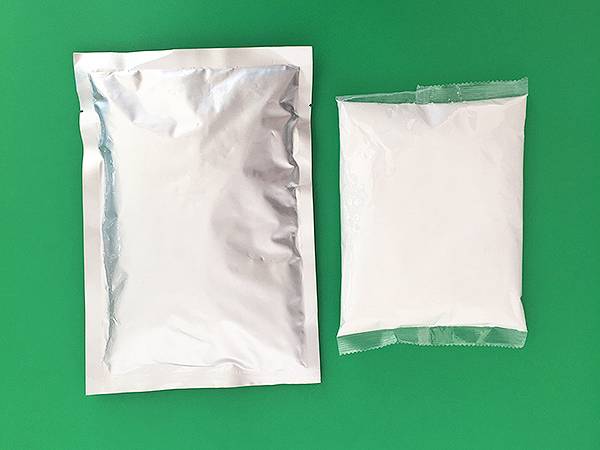



how is polyacrylamide made
How Is Polyacrylamide Made?
Polyacrylamide is a versatile polymer that finds applications across various industries, including water treatment, agriculture, and pharmaceuticals. Its unique properties, such as high water retention and viscosity, make it an invaluable material in both industrial and research settings. Understanding the synthesis of polyacrylamide can shed light on its utility and significance in scientific and practical applications.
The Monomer Acrylamide
At the heart of polyacrylamide’s creation is acrylamide, a simple organic compound that serves as the monomer for polymerization. Acrylamide (C3H5NO) is a colorless solid and soluble in water, which means it can easily blend to form a homogeneous solution. It is critically important to handle acrylamide with care, as it is recognized as a potential neurotoxin and should be managed using appropriate safety precautions.
Polyacrylamide Synthesis Process
The synthesis of polyacrylamide involves the polymerization of acrylamide monomers. This process can be achieved through various methods, but the two most common approaches are free-radical polymerization and ionic polymerization.
1. Free-Radical Polymerization In free-radical polymerization, a radical initiator is introduced to the acrylamide solution. The radical initiator, often a compound like ammonium persulfate (APS) or potassium persulfate (KPS), decomposes under certain conditions (typically heat) to generate free radicals. These free radicals initiate the polymerization process by attacking the double bond in acrylamide.
Once the polymerization begins, the acrylamide monomers start to link together, forming long chains of polyacrylamide. The reaction can be controlled to achieve the desired molecular weight and viscosity of the resulting polymer. This is critical as different applications may require specific properties, such as a high molecular weight for thickening agents or lower molecular weights for more fluid solutions.
Ionic polymerization is another method employed to synthesize polyacrylamide. In this process, a catalyst is used to facilitate the reaction between acrylamide and other ionically active substances. This method allows for better control over the polymer structure, resulting in a more uniform product.
how is polyacrylamide made

While ionic polymerization can be more complex, it can also lead to polyacrylamide with tailored functional groups. These functional modifications can enhance the polymer's performance in specific applications, such as flocculation in water treatment processes.
Cross-Linking for Gel Formation
One of the notable features of polyacrylamide is its ability to be cross-linked into a gel. Cross-linking agents, such as N,N'-methylenebisacrylamide (BIS), can be added during the polymerization process to link polyacrylamide chains together. This creates a three-dimensional network that results in a hydrophilic gel with excellent water retention capabilities.
These gels have various applications, including as soil conditioners in agriculture, where they help retain moisture and improve soil structure. They are also used in laboratory settings, particularly in electrophoresis, where polyacrylamide gels serve as matrices for the separation of biomolecules like DNA and proteins.
Purification and Drying
After polymerization, the polyacrylamide is often subjected to purification processes to remove unreacted acrylamide and other impurities. This is vital for applications in sensitive areas, as residual monomers can be toxic.
Finally, the purified polyacrylamide can be dried, producing a white powder that can be rehydrated for use in various formulations. The final product's properties can be tailored further depending on its intended use through modifications such as the addition of other functional groups or blending with other materials.
Conclusion
In summary, the production of polyacrylamide involves the careful synthesis of acrylamide through methods like free-radical and ionic polymerization. By manipulating the polymerization conditions and incorporating cross-linking agents, the resulting polyacrylamide can be customized for a wide range of applications, making it a crucial polymer in industrial and scientific endeavors. Its versatility and effectiveness underscore the importance of understanding its production process, ensuring that this valuable material continues to meet the needs of various industries.
-
Why Sodium Persulfate Is Everywhere NowNewsJul.07,2025
-
Why Polyacrylamide Is in High DemandNewsJul.07,2025
-
Understanding Paint Chemicals and Their ApplicationsNewsJul.07,2025
-
Smart Use Of Mining ChemicalsNewsJul.07,2025
-
Practical Uses of Potassium MonopersulfateNewsJul.07,2025
-
Agrochemicals In Real FarmingNewsJul.07,2025
-
Sodium Chlorite Hot UsesNewsJul.01,2025










